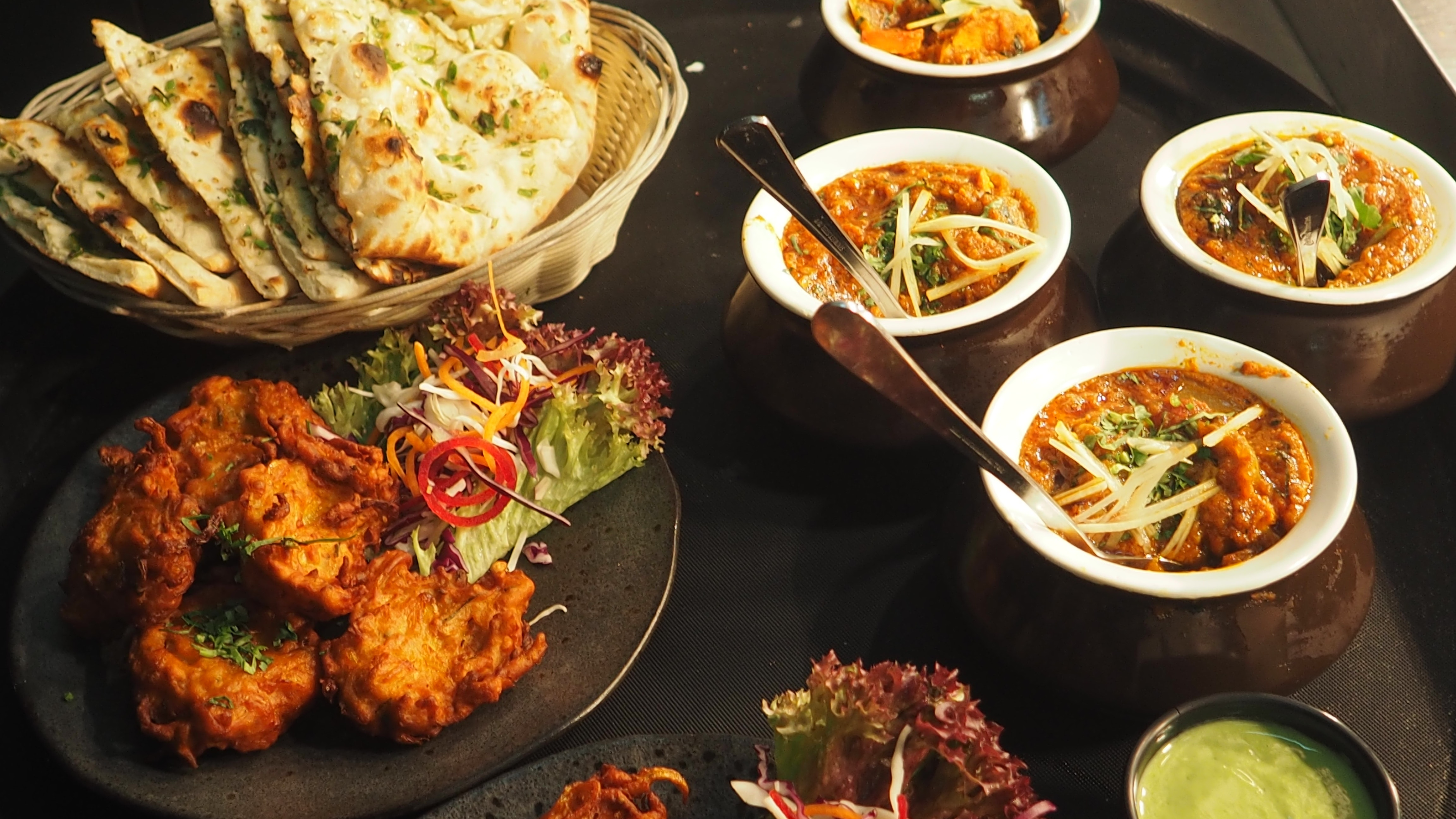Culinary Art

The shapely tesserae of a well-chopped onion. Butter and flour foaming into roux. The beauty of texture, the formal grace: the rough seed husk and the slippery seed. Precision in small things. The hours spent simmering and adjusting, simmering and stirring till the earth is in it. Knifecraft; the importance of technique. The colorful raw materials, aqueous spearmint and purple carrot, polleny pale blue cornmeal, crimson sumac. The varied tools and their intuitive uses. Transformation as a day’s work, compiling and cutting, combining and blending, cooking off the excess alcohol, enriching, zesting, curing, essentializing.
Poets and chefs have much in common. Perhaps this is why the two vocations combine in one person so frequently: many of the poets I know are passionate cooks, not formally trained, but devotees of Julia Child or their grandfather’s creamed onions or an inscrutable lifelong yen for the perfect borscht. When I was in graduate school, dinner parties and potlucks were central to the social life of the poets – good food washed down with cheap wine, erudite feuds on improvised furniture. Here in San Francisco some of the poets get together once a season for a potluck, always promising ourselves to do it more often. Sometimes we even let fiction writers come, too. The food assembled by these amateur chefs is usually delicious, and sometimes sublime – I still remember J.’s delicately smoky stew of roasted New Mexico chilies, richly complex, silky in the mouth, and hot!
Cooking is obvious subject matter for the casually autobiographical mode of much contemporary American poetry, with its emphasis on the everyday. The cooking scene, or one particular treatment of it, with its catalog of signifying foods, deftly prepared and perfunctorily imagized, is so ubiquitous as to be a cliché. But these rote gestures do not diminish the connection between food and art. Quite the contrary, they are evidence that the metaphor has widespread resonance – the cook’s gentle attention to everyday objects, his urge to create something for himself and for others to enjoy, aligns clearly with one view of the artist. In this view, the work of art, the poem, entering the ears and the eyes and the mind like an unfamiliar food in the mouth, leads us to a voluptuous concentration, a savoring, an extended pleasure, a suspension of self – and, perhaps, if the poem is truly great, to a kind of sustenance.
Tonight I’m alone in the house. What to cook? Something just for me, comfort food. I love to sit on a stool in the kitchen imagining a meal coming together, allowing myself to be drawn by my unconscious appetites. Foremost, something warm. Salad tonight and the wind would blow through me. A sandwich and I’d disappear. I need something substantiating; I need to feel it spread hotly through me. Soup, then. Yes. Winter squash for the nourishment: butternut for the creamy puree. Coconut milk for the fatty richness. Garlic and onions fried with chili and ginger for the underflavor. Simmer it in the biggest soup pot, blend it to velvet. Sugar to taste. Grace notes of lime juice. Warmth for the whole house; sustenance for a fogged-in Sunday. Doubly decadent with a spoonful of peanut butter swirled in.
This is Peter’s eighth post as a Guest Blogger.
Image from: http://donteatoffthesidewalk.com/?p=246


